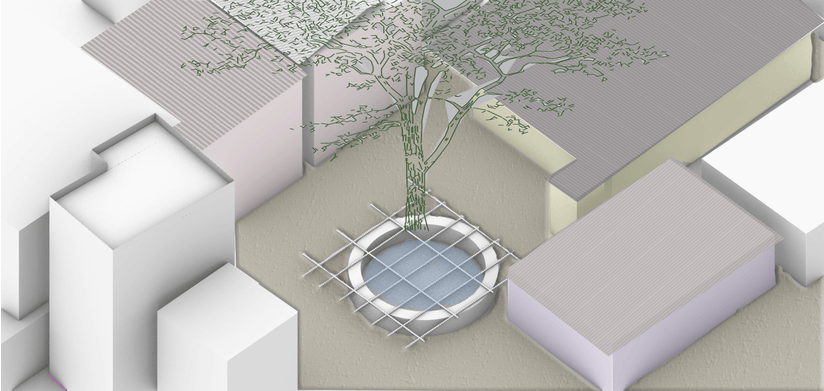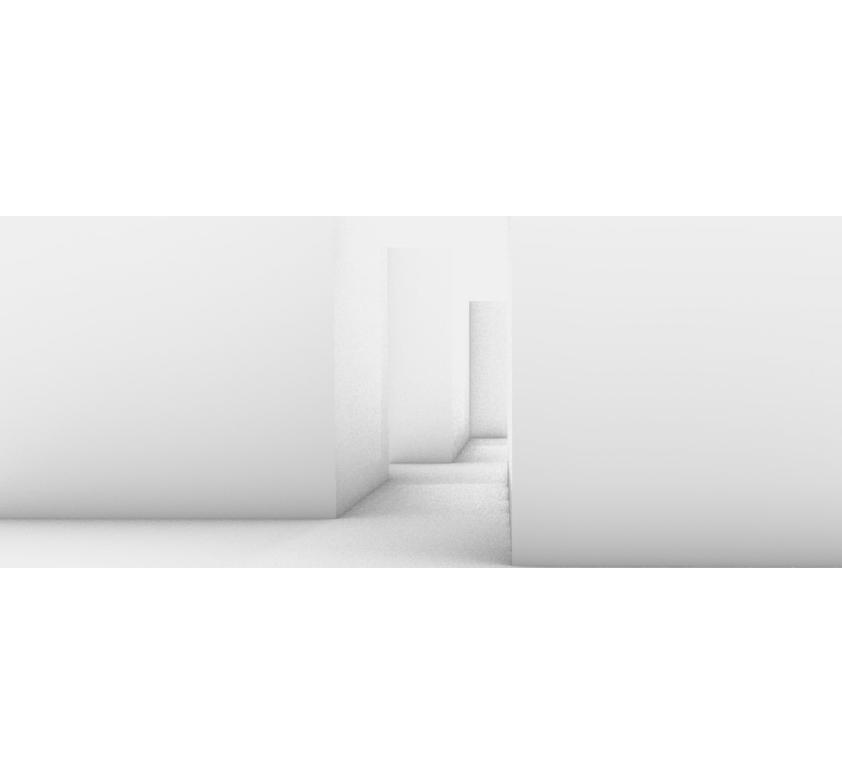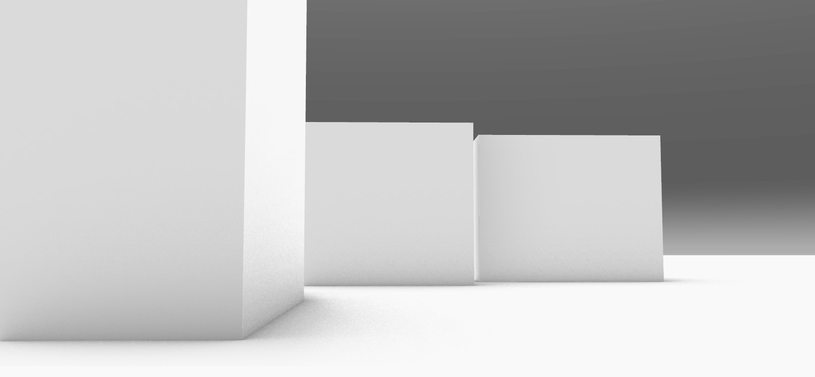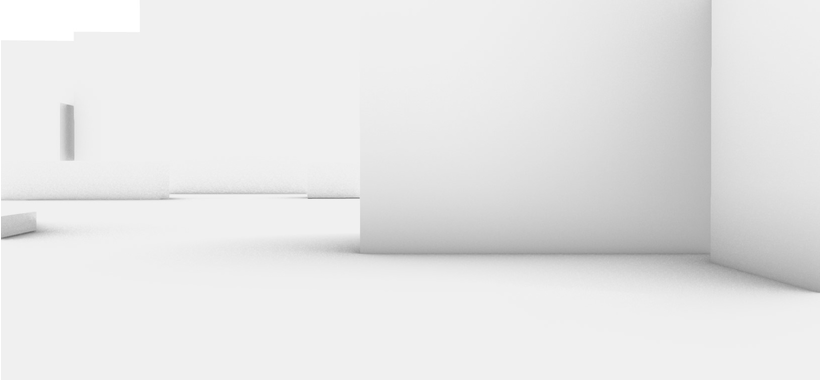Museum
kya hai ?
what is museum for oral cultures?
what is a public museum?
can people inhabit the artifacts?
can a city or a settlement be a museum too?
.
.
.
what about future?
Design question :
can there be a museum of not just the past , but also of everyday ?
Design intention : To make a museum of local narratives such that, in a way it documents the past , accommodates the everyday thus creating new stories, narratives and ideas of congregation in future. The intention is to explore and create typologies of an already present artefact in the community and thus create new artefacts, spaces, intersections, overlays.

MANORI

Manori is a village located on Dharavi Bet in northern Mumbai, India. It is known for its beach and the Manori Creek.Manori is dominated by the local fishing & farming community.






Museum of





Essentially well is a container or a source of water
The form of the well itself calls people to collect, to peep inside, the human curiosity to check the depth of everything, to revolve around it, sometimes to throw a pebble, sometimes to jump in it .
From the step wells to the cylindrical well in the neighbourhood of Manori, the form has evolved but the idea has remained the same.
Now it has become an extended part of their home as they call it amchi bavvi, our well .
How can the idea or the form of the well have different meanings and associations ... afford different activities and forms of congregation, in the context of Manori ?
How can the idea or the form of the well have different meanings and associations ... afford different activities and forms of congregation , in the context of manori ?
The well

prototypes


site placement


Much of the Kolis’ traditional coastal lands are now in high demand for redevelopment. The ambitious Mumbai Coastal Road Project, estimated at a cost of 15,000 crores, threatens to take away coastal lands from the Kolis, and so wipe out entire fishing villages along with huge swathes of the western side of Mumbai’s coast. This mammoth undertaking, which arguably benefits a tiny proportion of Mumbai’s massive population.
These module spaces show the incremental nature of the community and the dystopian horror of the community.


2x2 m pods , connected via steel frame




Their is something about the people in manori
Their homes extend beyond the 400sqm plot
Their kitchen is just not the marble slab and a stove .
It extends to the corridor to the hall to the verandah sometimes to the street .
The making of the food itself is a performance .
The cats eyeing for perfect moment .
The way she will scream at a cat for stealing a piece of fish .
Her urge to tell someone how cheap she bought it for .
Followed by The random conversation with someone about how cheap she bought it for.
Their streets have eyes .
Verandah are the eyes .
It facilitates gossips , conversation , interaction , leisure .



The next



the history of the village is not held by the buildings or monuments ..the history is only held through collective memory ,
Through share of recipes , craft , techniques , skill , food thus a collective engane ment ...
For it to be collective engagement,repair,construction, and restoration should happen by the community itself .for the association to develop ,the space should be familiar to the surrounding visibly and spatially , but at the same it should be distinctive and attract people through uniqueness .An idea of a space that encourages multiplicities ,of activities .it should occupy groups and form groups ,


boundary,
school, playground.
"we don't need a bridge , give us a school first!"
